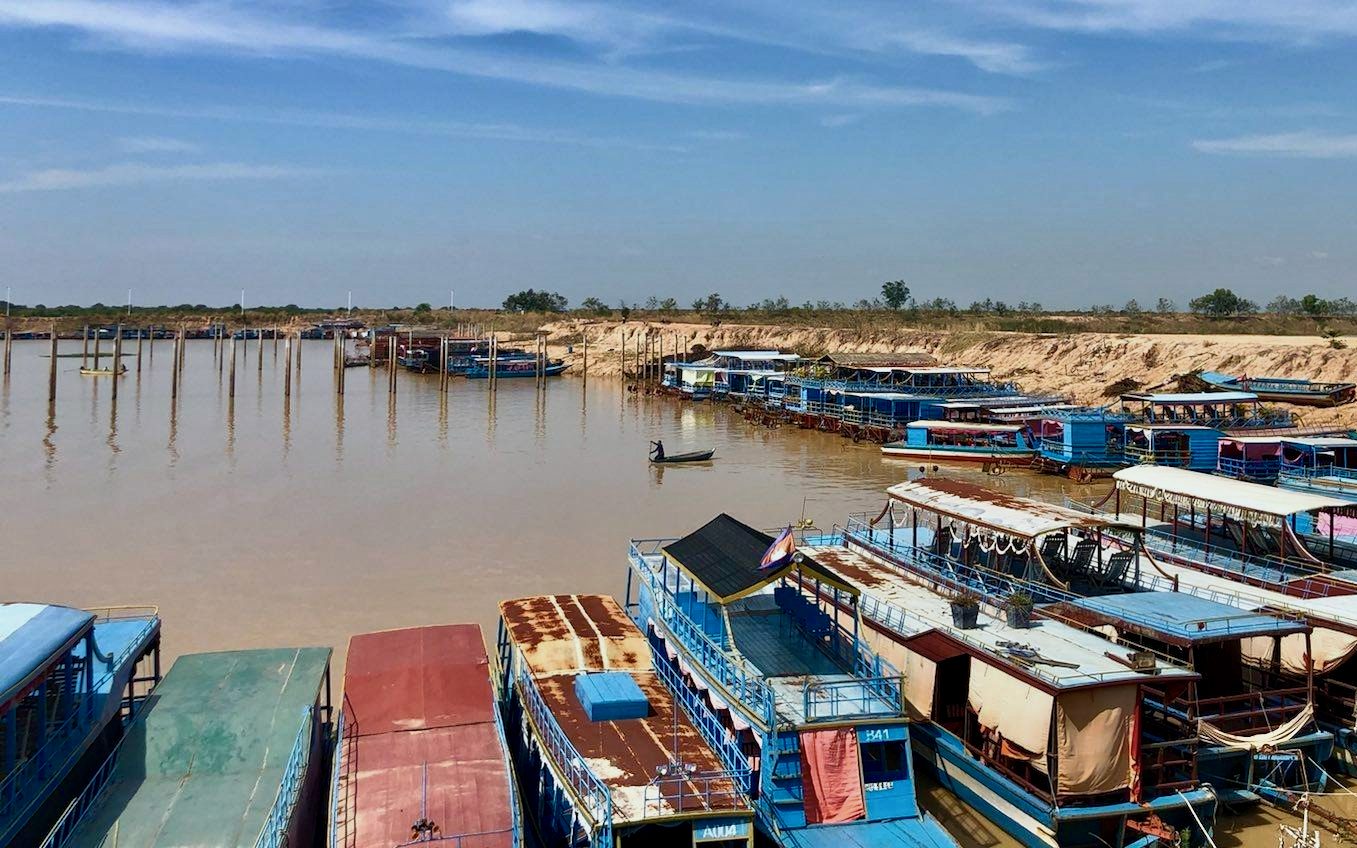Cambodian anti-drug police made more than 21,000 arrests and seized 3 tons of drugs, almost 3,000 motorbikes, 26 assault weapons, five residential properties and a warehouse, pointing to domestic production as well as a continued rise in trafficking across Southeast Asia.
The annual figures, provided by the Interior Ministry’s anti-drug department on Thursday, show a 5 percent rise in arrests and a four-fold increase in drug seizures.
Meas Vyrith, secretary-general of the National Authority for Combating Drugs, said the properties seized were used to produce drugs.
“Yeah, there are masterminds in the country, but for international masterminds action [must be] taken with the countries involved,” Vyrith said.
U.N. Office of Drugs and Crime illicit drugs analyst Inshik Sim said evidence pointed to a continuation of trends toward cheaper, purer and more widely available drugs in Cambodia.
“Meth and other synthetic drugs are more available than ever in Southeast Asia and particularly the Mekong,” Sim said, adding that “increases in seizures and arrests are observed across countries in Southeast Asia, meaning the region has not been able to cope with the rise in illicit drug production and organized crime.”
Organized crime was pushing cheaper drugs onto the market amid an ineffective control of precursors, he said.
“As organized crime groups can source more quantities of chemicals (raw materials), they can lower down prices of drugs (finished products). We have seen this as intentional,” Sim said in an email.
In a report issued in May, the UNODC said methamphetamine prices had dropped to their “lowest level on record.”
Sim added that despite the increase in drug seizures here, Vietnamese authorities were still seeing “large volumes” entering via Cambodia.
“[I]n reality Cambodian seizures are quite low compared to surrounding countries, and arrests are mostly couriers or low level criminals,” he said. “It does not make sense that seizures are much lower relative to Viet Nam where large volumes are seized in the south after being trafficked in from Cambodia.”
Most of the drugs looked to be coming from northern Myanmar, he added.
“But at the same time Cambodia has seized some synthetic drug labs, and with known major regional organized crime groups active in the country we understand some more may be domestic or the country is at risk of domestic production,” he said, noting that based on chemicals seized domestic labs were meant to produce ecstasy and meth.
Vyrith, of the NACD, said drugs continued to flow into Vietnam because police officers could only work a certain number of hours a day, and criminals were finding ways to get them through.
According to the anti-drug department report, officers handled 10,461 drug cases in 2020, leading to 21,566 arrests, including 389 foreigners.
The figures amount to 7 and 5 percent increases from 2019 for cases and arrests, respectively, based on previously reported NACD statistics.
Some 12,739 of the arrests were for trafficking, processing and production, while 8,827 were users, the report says.
It adds that 3,179 kg of drugs were seized and 5,025 kg of chemical compounds. Some 160 cars, 2,831 motorbikes, 8,612 phones, 579 scales, 32 small arms, 26 assault weapons, two plots of land in Phnom Penh, two houses, a condominium unit and a warehouse were also seized, it says.
Just 750 kg of drugs were seized in 2019, already a 30 percent increase over 2018, according to the NACD.
Veth Valda, director of the National Center for the Treatment and Rehabilitation of Drug Addicts, said the center had seen an increase in patients amid the rise in arrests, especially in the second and third quarters of last year.
The center had over 200 patients, nearing the capacity of 250 to 300 people, he said.
Valda added that drug users arriving at the center struggled with various symptoms, unable to sleep and at times foaming at the mouth, which can be a sign of an overdose.













